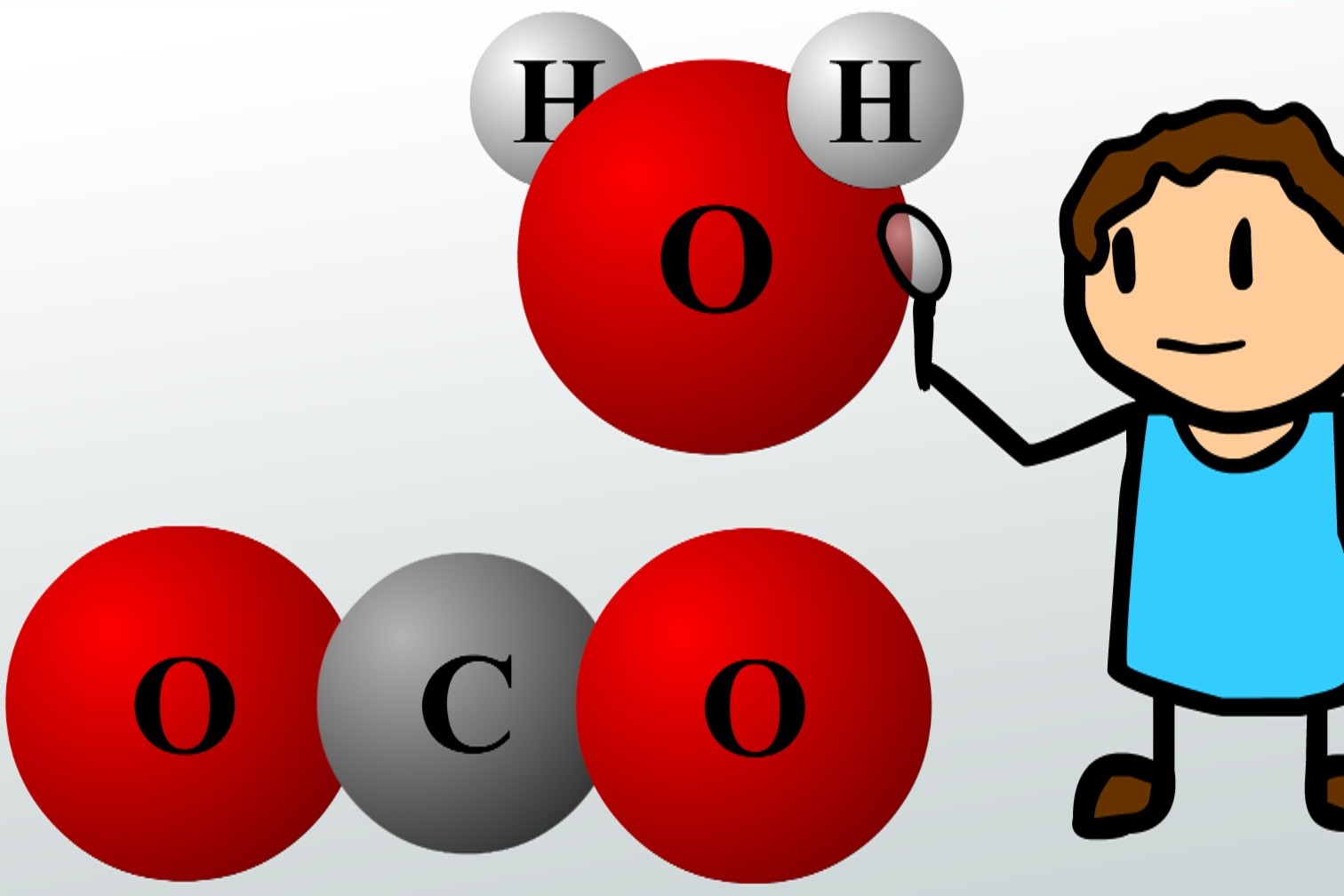Dive into the fascinating world of polar covalent bonds, where atoms share electrons unequally, creating unique chemical properties. This quiz will challenge your understanding and provide insights into the intricacies of molecular interactions. Ready to test your knowledge? Let’s get started!
We recommend that you do not leave the page that you are taking this quiz in. Stay honest 🙂
Polar Covalent Bonds Quiz Questions Overview
1. What is a polar covalent bond?
A bond where electrons are shared equally between atoms
A bond where electrons are transferred from one atom to another
A bond where electrons are shared unequally between atoms
A bond where no electrons are shared or transferred
2. Which of the following molecules contains a polar covalent bond?
O2
N2
H2O
Cl2
4. What is the main factor that determines the polarity of a covalent bond?
Bond length
Bond angle
Electronegativity difference
Atomic mass
5. In a polar covalent bond, which atom becomes partially negative?
The atom with lower electronegativity
The atom with higher electronegativity
The atom with larger atomic radius
The atom with smaller atomic radius
6. Which of the following pairs of atoms is likely to form a nonpolar covalent bond?
H and Cl
C and O
N and N
O and H
7. What type of bond is present in a molecule of HF (hydrogen fluoride)?
Nonpolar covalent bond
Ionic bond
Polar covalent bond
Metallic bond
8. Which molecule has a polar covalent bond and a bent shape?
CO2
CH4
H2O
N2
9. What is the partial charge on the hydrogen atom in a water molecule?
Partially positive
Partially negative
Neutral
Completely negative
10. Which of the following statements is true about polar covalent bonds?
Electrons are shared equally between atoms
Electrons are transferred completely from one atom to another
Electrons are shared unequally, creating partial charges
No electrons are involved in bonding
11. Which of the following elements has the highest electronegativity?
Fluorine
Chlorine
Bromine
Iodine
12. What type of bond is formed between carbon and hydrogen in methane (CH4)?
Nonpolar covalent bond
Ionic bond
Polar covalent bond
Metallic bond
13. Which of the following molecules is nonpolar despite having polar covalent bonds?
H2O
CO2
NH3
HCl
14. In a molecule of ammonia (NH3), what is the shape of the molecule?
Linear
Bent
Trigonal planar
Trigonal pyramidal
15. What is the effect of a polar covalent bond on the boiling point of a substance?
Decreases the boiling point
No effect on the boiling point
Increases the boiling point
Makes the boiling point unpredictable
16. Which of the following molecules has a dipole moment?
CCl4
CH4
HCl
N2
17. What is the term for the measure of an atom’s ability to attract and hold electrons?
Ionization energy
Atomic radius
Electronegativity
Electron affinity
18. Which bond is more polar: H-F or H-Cl?
H-F
H-Cl
Both are equally polar
Neither is polar
19. Which molecule is an example of a polar molecule with polar covalent bonds?
O2
CO2
CH4
H2O
20. What happens to the polarity of a molecule if the shape is symmetrical?
Polarity increases
Polarity decreases
Polarity remains the same
The molecule becomes nonpolar
21. Which of the following molecules is polar due to its bent shape?
CO2
CH4
H2O
N2
We recommend that you do not leave the page that you are taking this quiz in. Stay honest 🙂
Can Your Friends Do Better Than You in This Quiz?
Share this quiz with your friends and compare results.
Was this page helpful?
More Popular Chemistry Quizzes:
-
Stoichiometry Quiz
-
Ionic Bonding Quiz
-
Periodic Table Symbols Quiz
-
Chemical Bonding Quiz
-
Strong Acids and Bases Quiz
-
Basic Chemistry Quiz











